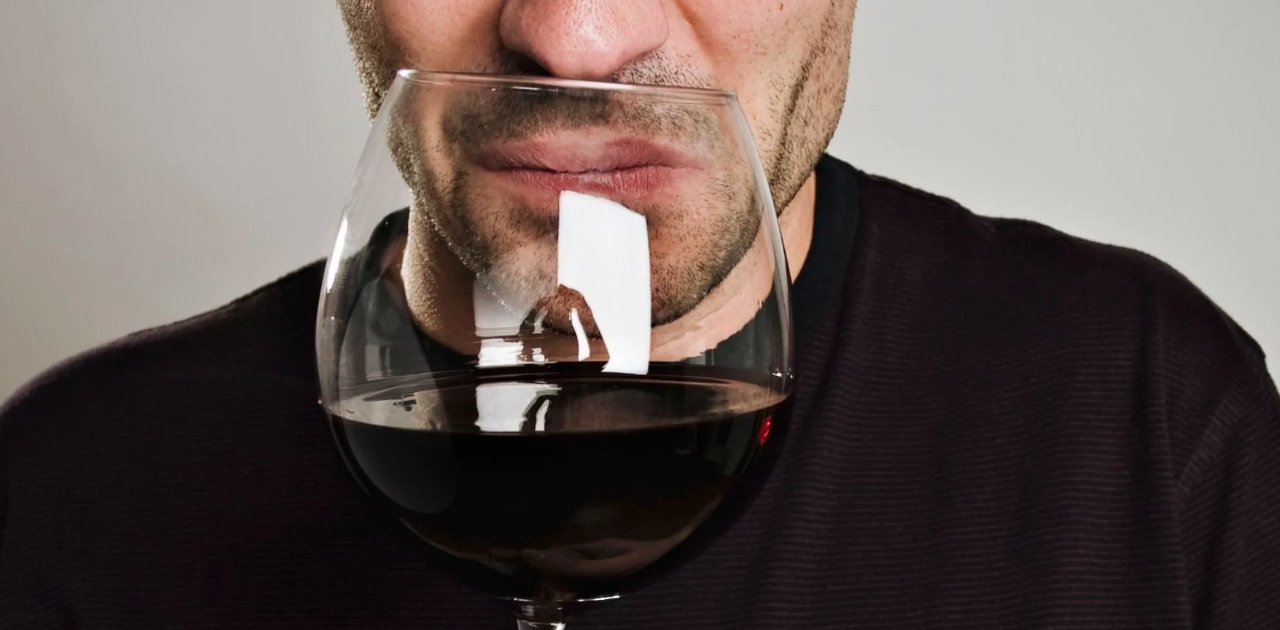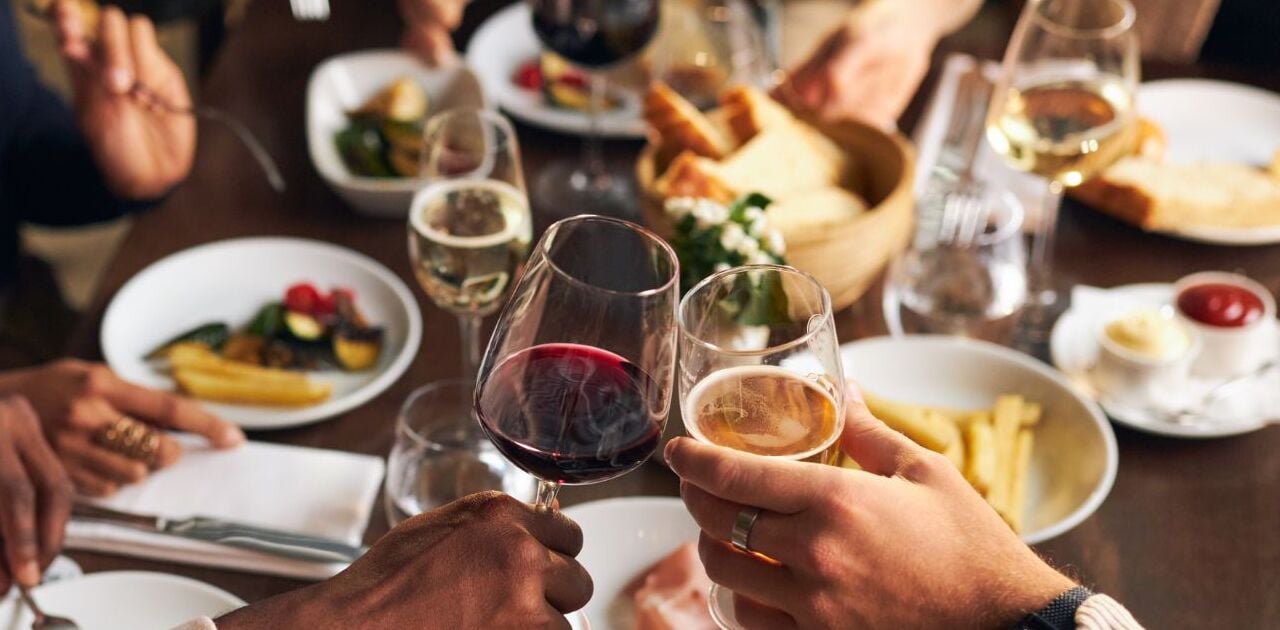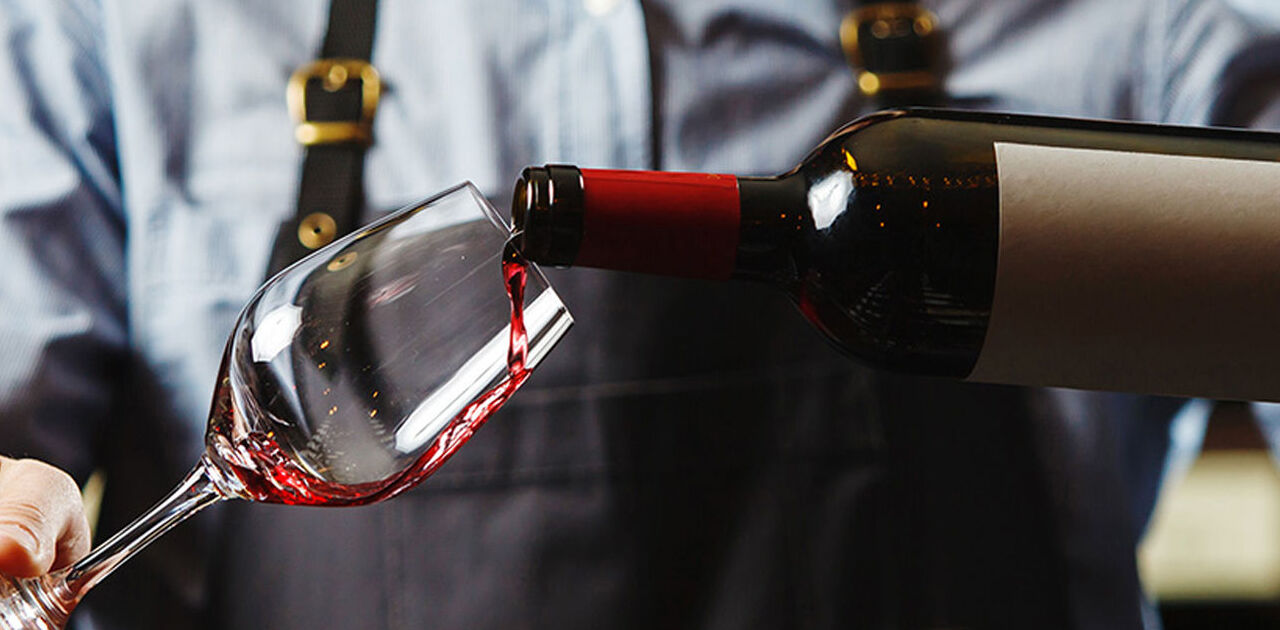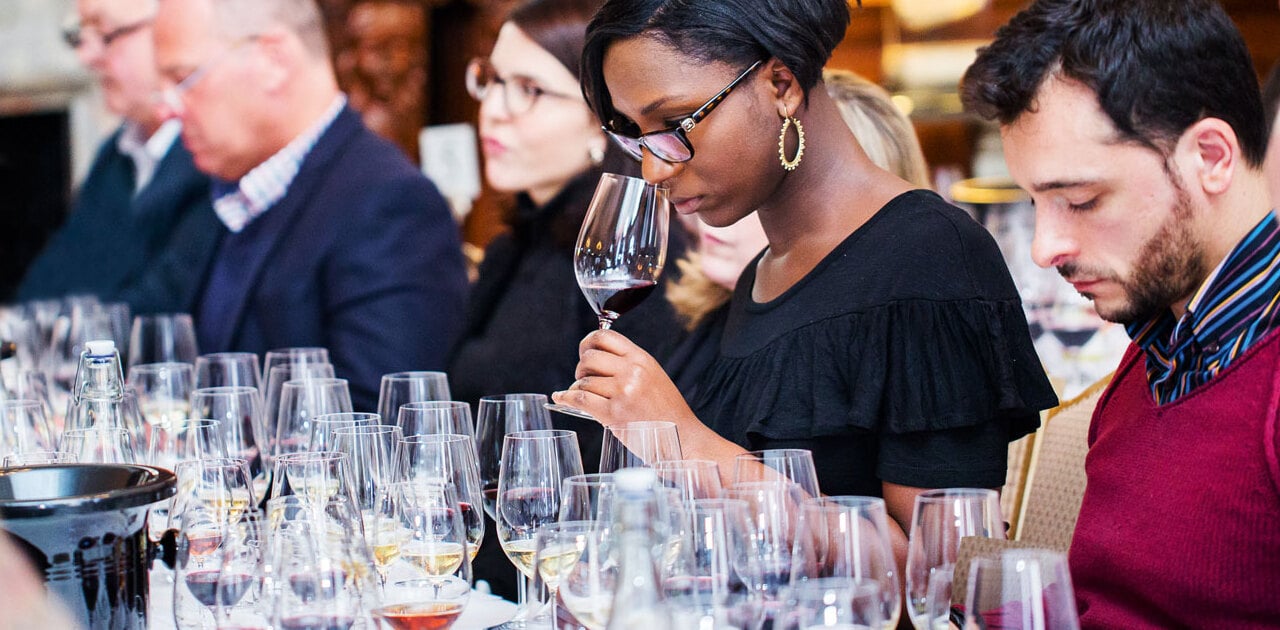
WINE FAULTS
The 7 Main Wine Faults

1. Oxidized Wine …
What it is: Contamination caused by too much oxygen exposure. You know when you leave a sliced apple out on the counter and it turns brown? It’s that same process but in your wine. Oxidization is the most common wine fault in older wines and is easy to replicate at home with any bottle of wine.
How you can tell: Oxidized wines lose their brightness, both in color and in flavor. Bright reds turn to a brownish-orange color, and fresh tastes develop drier, more bitter characteristics. White wines are much more susceptible to oxidization than reds, because reds’ higher tannin levels act as a buffer. If you really want to see what this looks like: open a new bottle, pour a glass and save that bottle for about a week. Congrats, your bottle is ruined. Drink some and compare it to that first glass you had.
Can I fix it? No, but you can prolong the shelf life of opened wine by using a wine preserving tool. If your bottle is oxidized right off the shelf, it was either had a faulty closure or mishandled. Take it back!
2. 2,4,6-Trichloroanisole (TCA) …aka cork taint
What it is: A chemical contaminant that found its way into your bottle somewhere in production, usually from real cork. TCA can be present in oak barrels, or the processing lines at the winery as well, which leads to entire batches, rather than single bottles, being ruined.
How you can tell: Dank odor and taste like wet newspaper, moldy basement or smelly dog. The wine will be fruitless and dominated by the off flavors. Some estimates have placed TCA-affected wines as high as 2% of all wines bottled under real cork, making it the second most common wine fault.
Can I fix it? Andrew Waterhouse, professor of wine chemistry at the UC Davis, claims you can pour the wine into a bowl with a sheet of plastic wrap. The TCA will be attracted to the polyethylene and pulled from your wine. I say life is too short for fixing wine faults. Send that bottle back!
3. Sulfur Compounds
What it is: Sulphur is a complicated issue in wine. Some sulfur (sulfur dioxide or SO2) is added to almost all wine to wine stabilize it. SO2 manifests as sort of smokey, struck match aroma, but really isn’t bad for you at all. Another sulfur, dihydrogen sulfide (H2S) is a naturally occurring bi-product of not ideally healthy fermentation. It’s also not bad for you in the amounts present in wine, but can lead to some unwanted aromas.
How you can tell: While there are a few different types of sulfites and sulfides, almost all of them manifest as flaws. The most frequent manifestation of a sulfur-related flaw is mercaptin (related to dihydrogen sulphide). If you notice rotten egg, fart, burnt rubber, or skunk in your wine, you probably have a mercaptin problem.
Can I fix it? The offending flavor can be weakened through decanting (watch this). Although, if it’s very aggressive, you should absolutely consider returning the bottle.
4. Secondary Fermentation …aka This is not champagne!!
What it is: Tiny bubbles in your wine where there shouldn’t be any, especially in a young bottle of red wine. This usually happens when the wine is accidentally bottled with a few grams of residual sugar and then re-ferments. This most frequently occurs in low-intervention winemaking, where little-to-no SO2 is used.
How you can tell: Duh, look for the bubbles or listen for the psssst. There can also be a bit of a zippy flavor. Not all secondary fermentation is on accident though. Some winemakers will use it to add a little kick to their wines, and some styles are naturally frizzante such as vinho verde or some gruner veltliners.
Can I fix it? No, but do some research into the style to make sure it is not supposed to be there. You can throw the wine into a decanter-type vessel and shake the the living hell out of it to get rid of the bubbles as well.
5. Heat Damage …aka cooked wine (madierized wine)

What it is: Wine ruined by exposure to too much heat. Imagine a pallet of wine cases cooking in the sun in the parking lot behind a wine store in Phoenix, AZ.
How you can tell: The wine smells jammy: sort of sweet, but processed. The smell is somewhat like a wine reduction sauce, mixed with a nutty, brown, roasted sugar-type aroma. Heat damage often compromises the seal of the bottle (the expansion from the heated air pushes the cork out) so it can be accompanied by oxidization.
Can I fix it? No, but you can store your wine at the proper temperature and ensure you are not the problem. 55 degrees is pretty well accepted as the best cellar temperature. The most important part of storage is a consistent temperature. Be mindful of how hot your garage gets in the summer if that’s where you store your wine. Don’t store wine in your attic.
6. UV Light Damage …aka lightstrike
What it is: Damage caused by exposure to excessive radiation, usually UV. Most commonly from storing wine in the sun or near a window.
How you can tell: Lightstrike occurs more commonly in delicate white wines like Champagne, Pinot Grigio, and Sauvignon Blanc. It can make the wine taste like a wet sweater.
Can I fix it? No, but you can be smart about storing your wine out of direct sunlight. The colored glass of wine bottles is supposed to mitigate lightstrike; so if you get a homemade white wine in a mason jar, put it in the darkest corner of your cellar.
7. Microbial and Bacterial Taint …aka I think there is something growing in there
What it is: Many microbes can live in wine in addition to yeast. If one of these colonies becomes too aggressively present pre- or post- alcoholic fermentation, you can start to get various off aromas. In small amounts, these can add appealing complexity, but if the colony becomes too vigorous, these flavors become faults, like too much salt in a dish.
How you can tell: Again, there are many other bacteria involved in winemaking. They all impart certain flavors and produce signature wine faults that fancy-pants Somms brag about being able to distinguish. Think of them like spices, in the right quantities they can add an appealing complexity; too much though and the wine becomes uninteresting. They can have medicinal (think menthol or cough drops), animal (barnyard, mushroom, horse), or acetic (balsalmic, champagne vinegar) flavors that at high levels, can be pretty gross.
Can I fix it? Unfortunately, no. Once it’s in there, that’s what you’ve got! Grab the microscope and go exploring!
Not All Wine Faults Are Actually Wine Faults
1. Volatile Acidity …aka Acetic acid
What it is: This can be one of the most common wine faults, known as vinegar taint, but it is also a tool used by some high quality winemakers to develop complexity in their flavor profiles. Very high levels of acetic acid taste like balsamic vinaigrette…but tastes vary from one wine drinker to another on how much is too much in the wine. In other words, some vinegar taint is on purpose and that style just isn’t for you. Some is a wine making fault; an accidental or inadvertent overdose of acetic acid.
2. Tartrate Crystals …aka “glass” shards
What it is: These are mineral precipitates that form out of unfiltered, high mineral wines. They are little crystals sitting on the bottom of older bottles. They will cause you no harm, so long as you don’t cut yourself on them. Just decant the wine leaving the sediment in the bottle.
3. Herbal Aromas …aka smells “green”
What it is: Herbal aromas are typical parts of certain varietally-specific flavor profiles that can smell of grass, eucalyptus, or asparagus. The most common of these chemicals is methoxypyrazine or “pyrazines” for short, which are commonly found in Bordeaux-family grapes. To new or unfamiliar wine drinkers, these aromas can seem similar to sulfur or microbial wine faults. Try a lot of wines and you will get better at tasting the difference. Chin chin!








